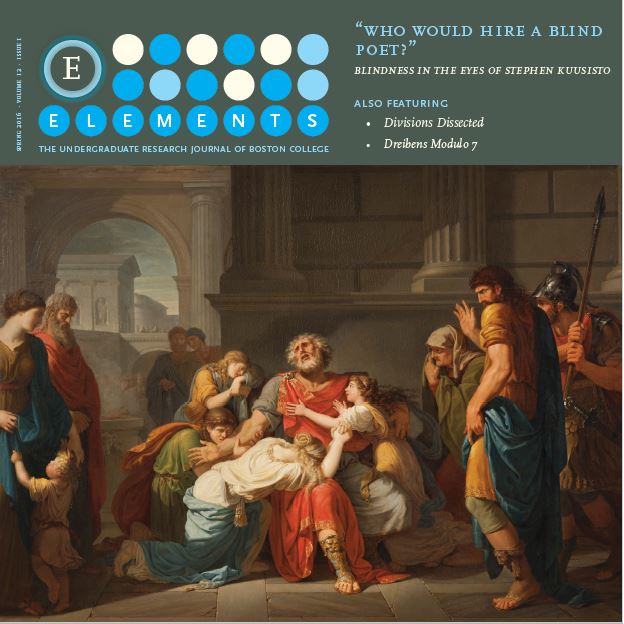Titan of Terror: A Personification of the Destroyer of Worlds
DOI:
https://doi.org/10.6017/eurj.v12i1.9301Keywords:
Humanities, Godzilla, Hiroshima and NagasakiAbstract
In 1954, Japan was barely recovering from a devastating defeat in World War II and a humiliating seven-year American occupation when the United States dropped two atomic bombs over Hi roshima and Nagasaki. Plunged into the Atomic Age, Japan produced a film, Gojira (Godzilla), that reflected the psychological trauma of a people trying to salvage their cities, their culture, and their lives. In the film, the monster is the physical embodiment of the destructive forces of nuclear power. Its poignancy is derived from its historical allusions to real events, including the Lucky Dragon 5 incident in which a Japanese Tuna trawler was covered in radioactive ash from the detonation of an underwater American atom bomb. Moreover, the film captures the conflict between censorship of athe exposition of truth, focusing on the burden of scientific responsibility. Fi nally, the film concludes by underscoring the ultimate victimization of humanity under the tyranny of massive destruction and warns against the perils of nuclear proliferation.Downloads
Published
2016-04-22
How to Cite
Luedeking, A. (2016). Titan of Terror: A Personification of the Destroyer of Worlds. Elements, 12(1). https://doi.org/10.6017/eurj.v12i1.9301
Issue
Section
Articles
License
Copyright (c) 2016 Alessandra Luedeking

This work is licensed under a Creative Commons Attribution 4.0 International License.

